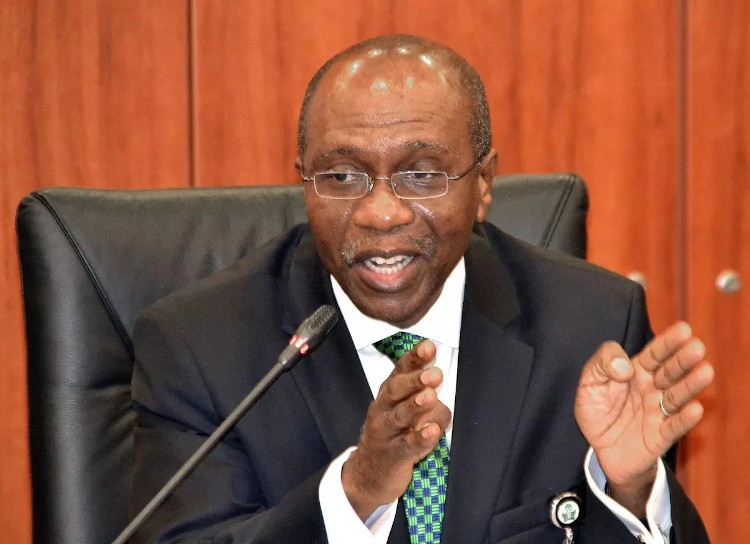Business & Economy
Monetary Policy Rate retained at 11.50%

MPC Observations:
- The rapid spread of the new variant of COVID-19 and the high infection rate dampened the initial rebound in the economic recovery towards the end of 2020. The IMF estimated global output growth in 2020 to contract by 4.4%; albeit, it expected output to grow by 5.2% in 2021.
- Inflation remained reflectively high in emerging markets and developing economies amid weak accretion to reserves, exchange rate pressures, the poor inflow of capital and long-standing structural issues. The Committee also noted the steady build-up of systemic liquidity across the global economy, arising from the supports from the fiscal and monetary authorities to bolster the economy and return confidence to the financial markets.
- The continued sluggish recovery of the country’s manufacturing and non-manufacturing PMIs which was due to COVID-19 pandemic, increased costs of production, a general increase in prices and decline in economic activities.
MPC Considerations:
- The moderation in output contraction in 3Q 2020 which was associated with the news of the discovery of COVID-19 vaccines and rising crude oil prices; albeit, it feared that the good fortunes may be dampened by the second wave of COVID-19 pandemic.
- The need to quicken the pace of recovery through collaboration with the fiscal authority by providing complementary spending to finance productive ventures.
MPC Decisions:
- Monetary Policy Rate retained at 11.50%
- The asymmetric band retained at +100 bps and – 700 bps around MPR
- Cash Reserve Ratio retained at 27.50%
- Liquidity Ratio retained at 30%
Analyst’s Opinion:
The unanimous vote by all members of the MPC to leave all key rates unchanged, which was in line with our expectation, was on the back of its optimistic outlook on inflation rate to moderate, stable crude oil prices and increase vaccination against Coronavirus.
Nevertheless, we note that the possibility of the MPC to continue to pursue expansionary policy, especially through the use of MPR, may have been constrained by the level of liquidity in the financial system and its attendant adverse effects on exchange and inflation rates; hence, its new directional approach to systematically synchronize monetary and fiscal policies accommodation through developmental finance initiatives.









